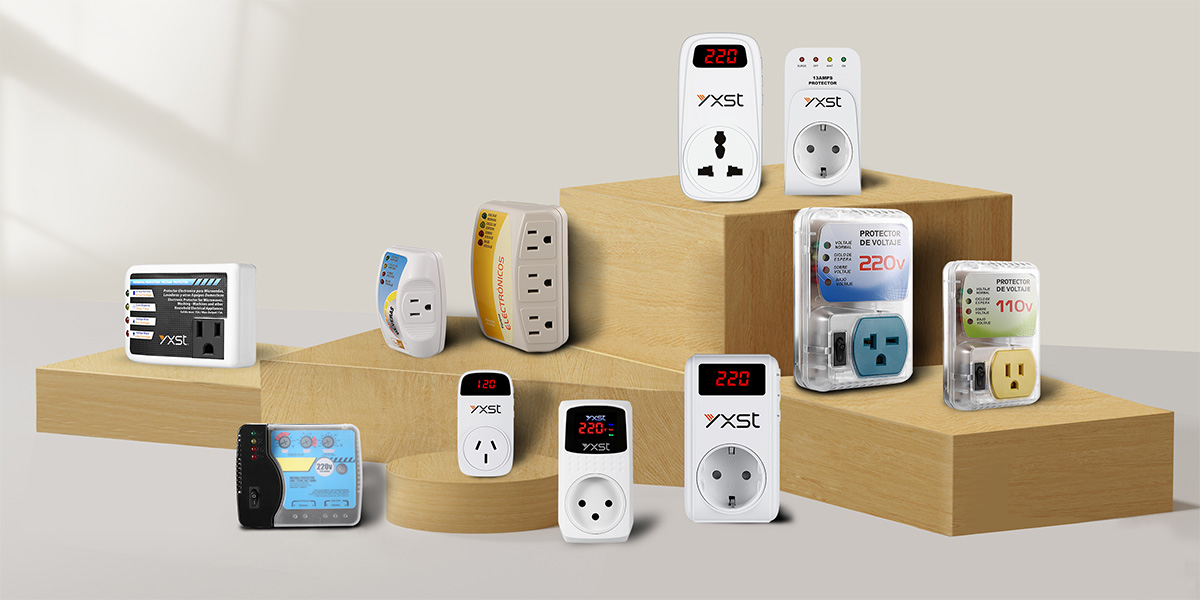Surge protectors and automatic voltage regulators (AVR) have different functions, uses, and working principles in protecting electrical equipment. A surge protector is mainly used to prevent damage to equipment caused by voltage surges, while an automatic voltage regulator is used to control voltage stability and prevent voltage fluctuations.

Surge protector
Function:
Protect equipment from voltage spikes or surges, which are usually caused by lightning strikes, power outages, or electrical faults.
Working principle:
Divert excessive voltage to ground and suppress high voltage levels to prevent damage to connected equipment.
Use:
Suitable for protecting computers, home entertainment systems, and other sensitive electronic equipment.

Automatic voltage regulator (AVR)
Function:
Maintain a stable voltage level for the device and compensate for fluctuations in input voltage.
Working principle:
Monitor the input voltage and adjust it within the specified range to ensure a stable power supply.
Use:
Suitable for areas with unstable power supply to protect equipment from undervoltage or overvoltage conditions.

surge protector VS automatic voltage regulator Summary
In short, a surge protector prevents sudden voltage spikes, while AVR provides a stable voltage level to prevent fluctuations. Depending on your needs, you can use one or both methods to get full protection.




